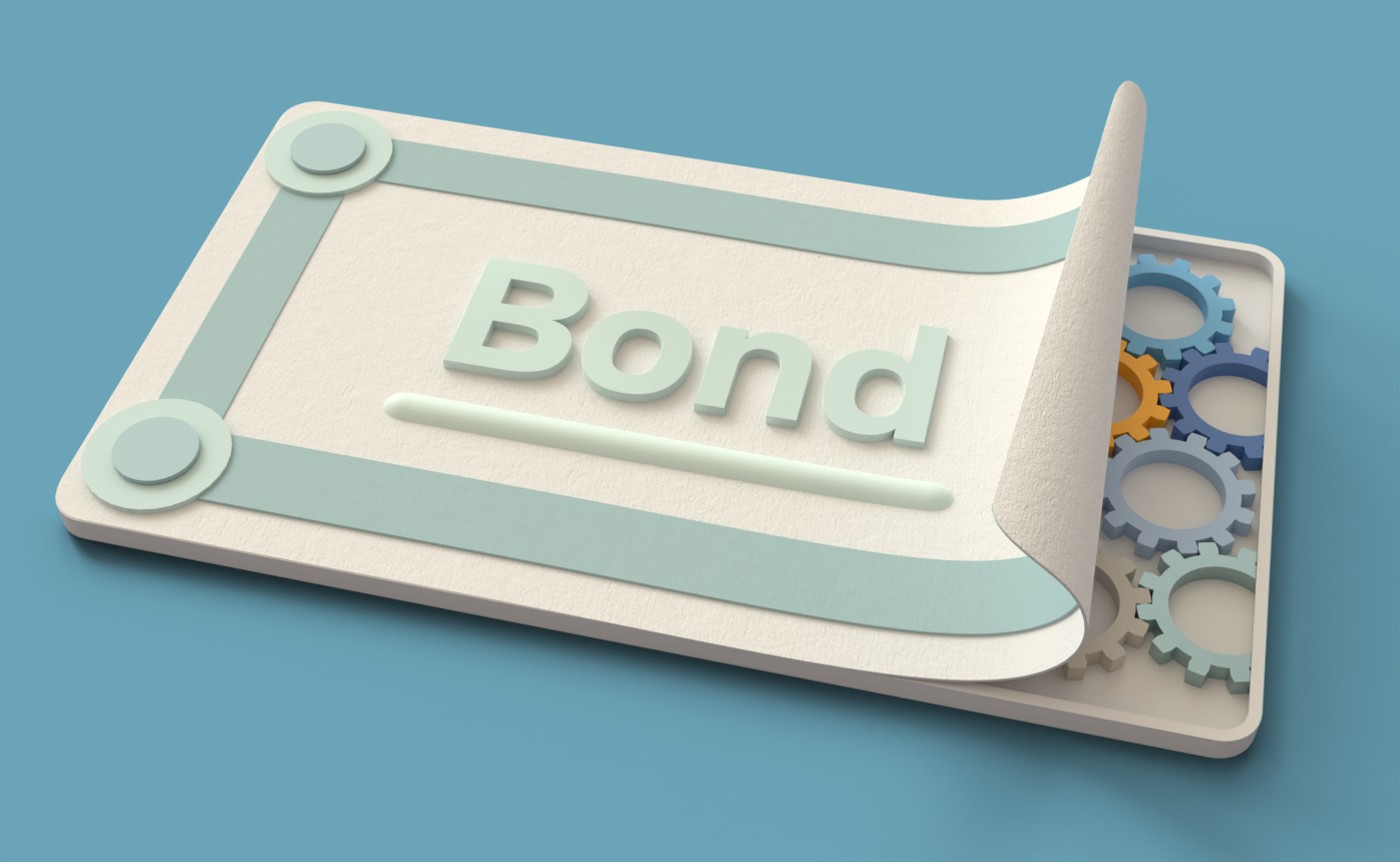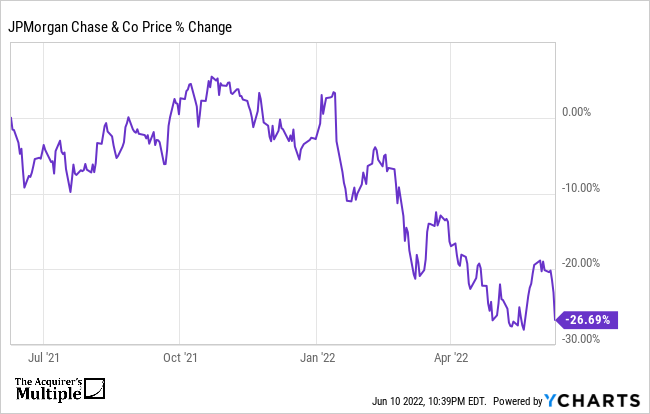
A spread refers to a trade where one security is bought and then another security is sold simultaneously. The security that you buy and sell is known as the "legs" of a spread trade. Futures contracts and options are commonly used to execute spread trades, but other securities are available as well. This is a brief explanation of each type. Before you begin trading with spreads, be sure to know what it means.
Spread intramarket
Intramarket spreads are used when a trader spreads his or her position between different contract months of the same underlying commodity. Often called calendar spreads, they are defined as holding a long position in one contract month and a short position in another. There are many differences between intramarket spreads for options trading and calendar spreads. It's important that you understand them both. Intramarket spreading is a common tool that traders use to gain an advantage in the marketplace.

A trader can trade intramarket spreads for as low as $338, even though an outright position requires a minimum margin of $2,000 This allows smaller accounts access to the same products without having to incur excessive margin requirements. In addition, intramarket spreads tends be more dynamic than straight futures contracts. This allows traders to profit from market momentum by taking positions with short futures contracts, increasing exposure to the market and making profits from market swings.
Spread bid-ask
The bid-ask spread is the difference between the bid price and the ask price. It is a key indicator for market liquidity and transaction costs. High liquidity is a large number of orders to buy/sell, which allows prices to be traded closer in relation to the market price. In this way, the spread between bid and ask is tightening. It increases when liquidity drops in a market.
This price difference is the cost market makers incur when they supply quotes. Traders who account for the bid-ask spread will incur lower transaction costs. They can also profit from the turn of the market if they can predict price volatility and trade accordingly. John Wiley & Sons, a publisher a trading textbook on derivatives claims that traders who include the bid-ask spread can anticipate market volatility better.
Fixed spread
The better choice when comparing fixed spreads to varible spreads is the one that's more flexible. Traders who are willing to take on higher risks may prefer variable spreads, as the difference between them will eventually even out. Fixed spreads might be better for traders who trade a small volume or not as often. Fixed spread brokers can be more attractive to scalpers than variable spreading. For beginners, a fixed spread could not be the best option.

Fixed spreads are not only cheaper but they also offer predictability & security. While most brokers advertise tight floating spreads, they cannot be guaranteed to be as tight as they claim. This makes it imperative to know your fixed spread in advance. A fixed spread is essential in volatile markets. It might be a good idea for you to ask your broker if they offer fixed spreads.
FAQ
How do people lose money on the stock market?
The stock market isn't a place where you can make money by selling high and buying low. It is a place where you can make money by selling high and buying low.
The stock market offers a safe place for those willing to take on risk. They may buy stocks at lower prices than they actually are and sell them at higher levels.
They are hoping to benefit from the market's downs and ups. They could lose their entire investment if they fail to be vigilant.
What is a Stock Exchange and How Does It Work?
Companies sell shares of their company on a stock market. Investors can buy shares of the company through this stock exchange. The market decides the share price. It is typically determined by the willingness of people to pay for the shares.
The stock exchange also helps companies raise money from investors. Investors are willing to invest capital in order for companies to grow. Investors buy shares in companies. Companies use their funds to fund projects and expand their business.
There are many kinds of shares that can be traded on a stock exchange. Others are known as ordinary shares. These are most common types of shares. Ordinary shares are traded in the open stock market. Shares are traded at prices determined by supply and demand.
Preferred shares and bonds are two types of shares. Priority is given to preferred shares over other shares when dividends have been paid. The bonds issued by the company are called debt securities and must be repaid.
What are the advantages to owning stocks?
Stocks are more volatile than bonds. The stock market will suffer if a company goes bust.
However, if a company grows, then the share price will rise.
Companies often issue new stock to raise capital. This allows investors to buy more shares in the company.
Companies borrow money using debt finance. This allows them to borrow money cheaply, which allows them more growth.
People will purchase a product that is good if it's a quality product. As demand increases, so does the price of the stock.
As long as the company continues to produce products that people want, then the stock price should continue to increase.
What is a REIT and what are its benefits?
A real-estate investment trust (REIT), a company that owns income-producing assets such as shopping centers, office buildings and hotels, industrial parks, and other buildings is called a REIT. These companies are publicly traded and pay dividends to shareholders, instead of paying corporate tax.
They are very similar to corporations, except they own property and not produce goods.
How Share Prices Are Set?
Investors who seek a return for their investments set the share price. They want to make money from the company. So they purchase shares at a set price. If the share price goes up, then the investor makes more profit. If the share value falls, the investor loses his money.
The main aim of an investor is to make as much money as possible. This is why they invest into companies. It allows them to make a lot.
Statistics
- Individuals with very limited financial experience are either terrified by horror stories of average investors losing 50% of their portfolio value or are beguiled by "hot tips" that bear the promise of huge rewards but seldom pay off. (investopedia.com)
- "If all of your money's in one stock, you could potentially lose 50% of it overnight," Moore says. (nerdwallet.com)
- Ratchet down that 10% if you don't yet have a healthy emergency fund and 10% to 15% of your income funneled into a retirement savings account. (nerdwallet.com)
- Even if you find talent for trading stocks, allocating more than 10% of your portfolio to an individual stock can expose your savings to too much volatility. (nerdwallet.com)
External Links
How To
How to Invest Online in Stock Market
Stock investing is one way to make money on the stock market. There are many methods to invest in stocks. These include mutual funds or exchange-traded fund (ETFs), hedge money, and others. The best investment strategy depends on your investment goals, risk tolerance, personal investment style, overall market knowledge, and financial goals.
To become successful in the stock market, you must first understand how the market works. This includes understanding the different types of investments available, the risks associated with them, and the potential rewards. Once you've decided what you want out your investment portfolio, you can begin looking at which type would be most effective for you.
There are three main categories of investments: equity, fixed income, and alternatives. Equity is the ownership of shares in companies. Fixed income is debt instruments like bonds or treasury bills. Alternatives include commodities like currencies, real-estate, private equity, venture capital, and commodities. Each option has its pros and cons so you can decide which one suits you best.
Two broad strategies are available once you've decided on the type of investment that you want. One strategy is called "buy-and-hold." You purchase a portion of the security and don't let go until you die or retire. The second strategy is called "diversification." Diversification involves buying several securities from different classes. By buying 10% of Apple, Microsoft, or General Motors you could diversify into different industries. The best way to get exposure to all sectors of an economy is by purchasing multiple investments. It helps protect against losses in one sector because you still own something else in another sector.
Risk management is another crucial factor in selecting an investment. Risk management will allow you to manage volatility in the portfolio. You could choose a low risk fund if you're willing to take on only 1% of the risk. A higher-risk fund could be chosen if you're willing to accept a risk of 5%.
The final step in becoming a successful investor is learning how to manage your money. Planning for the future is key to managing your money. A plan should address your short-term and medium-term goals. It also needs to include retirement planning. Sticking to your plan is key! Keep your eyes on the big picture and don't let the market fluctuations keep you from sticking to it. Stay true to your plan, and your wealth will grow.